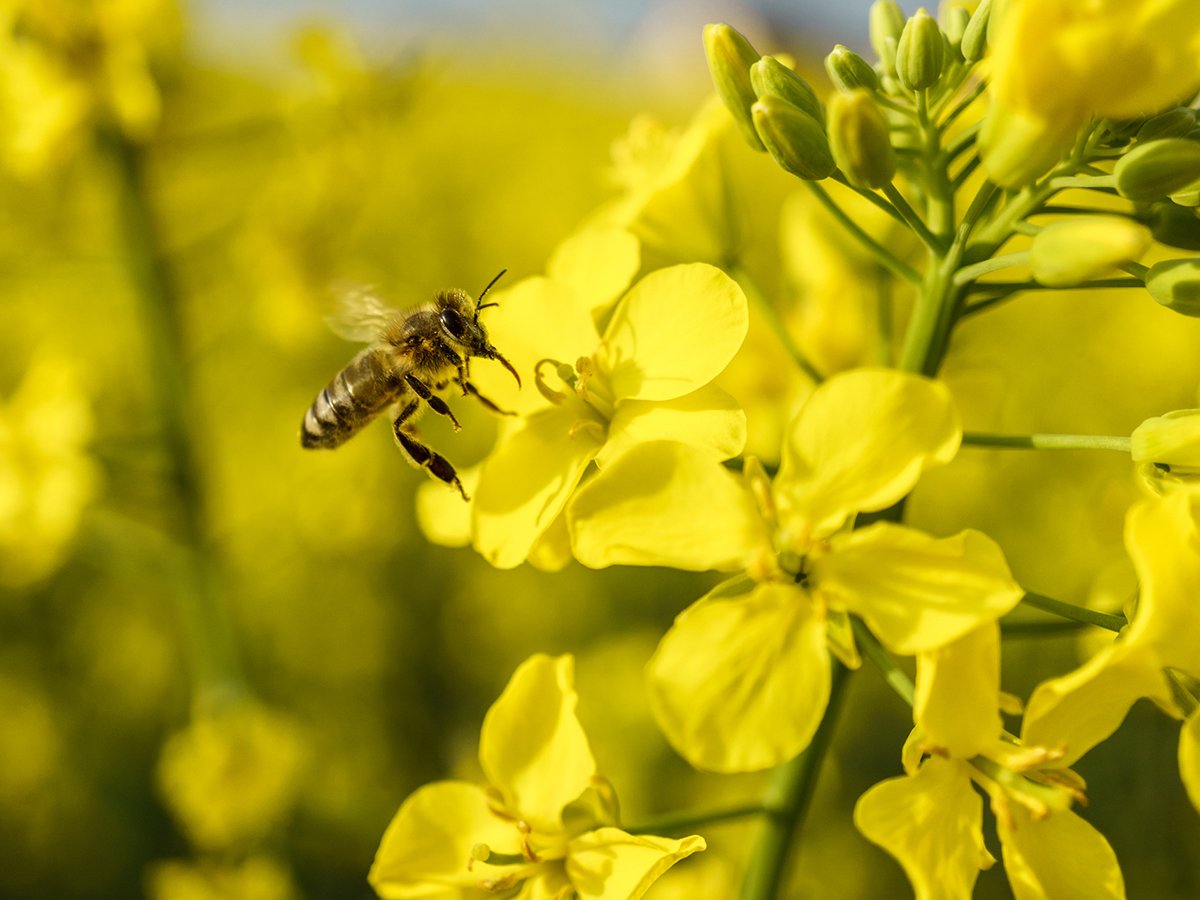This week I’ve been in San Antonio covering two big farm conferences: the Canola Council of Canada’s annual convention and Commodity Classic – which is the annual extravaganza of the U.S. soybean, corn and wheat farmers.
Underlying both confs were anxieties undercutting the good times of recent years. Farmers are now much, much, much better off than 10 years ago, but there seems to be a lot of worry that some chickens are coming home to roost.
But American and Canadian farmers are looking at things very differently when it comes to which chickens are coming home to roost. This struck me most obviously on Friday when I went to a session on challenges to the grain transportation at Commodity Classic. I was expecting that room to be packed-out with hundreds of American farmers. I know it’s not as bad for grain transpo down here as it is back on the Prairies, but they’ve got problems too.
Read Also

Invigor Gold variety viewed as threat to condiment mustard
Invigor Gold, the canola-quality mustard developed by BASF, is on a collision course with Canada’s condiment mustard industry. It’s difficult to see how the two can co-exist.
But in that room, to hear a senior Cargill shipping official, an executive of a major poultry company and a Brazilian transport expert, were only a few dozen people. Hundreds of empty chairs. And quite a few of the people there were actually Canadian. From what I could see there were four reporters in the room and three of us were Canucks.
I’m sure at home that session would have filled the hall and had farmers standing against the walls.
We have supply concerns, the concern that we are now in the position where if we produce what we’re capable of now – and this year’s crop show’s what’s possible – we’re going to drown the system, have massive backlogs, have no cash flow and face massive basis levels. That concern came up again and again at the Canola Council convention, even though it wasn’t part of the agenda. The council’s driving hard to get to 26 million tonnes of canola by 2025. How do you get that to port when we can’t get one-third less of that there now?
Among the Americans, the underlying anxiety seems to be all about demand – biofuel demand. American farmers have reaped the rewards of the American biofuel policy that is pushing 40 percent of U.S. corn acreage into ethanol production and drove prices high from 2007 onwards. That demand source is still there, but it isn’t growing, and as yields expand every year, it will get proportionately smaller and smaller as an influence. And the key dynamic that’s changed is that growing demand has driven prices higher, not just a good bunch of healthy demand. Now the growth is done, there’s no higher-price engine from biofuels.
And the big worry for American farmers is that the U.S. government will back away from biofuel support. If that happens it would knock one of the legs out from under all the crop markets and that could be the end of the good times in ag that we’ve been enjoying.
Prices are lower for everything in the crop world, so it’s not surprising that the mood at these conferences was more subdued than in recent years. I get the sense that’s going to be the tone of the big farm shows for the next few years: underlying worry replacing the boundless confidence of 2006-2012. We can’t get our crops out to the demand we know is overseas waiting for them. Americans are worrying that there might not be that big domestic buyer for their corn a few years from now.














